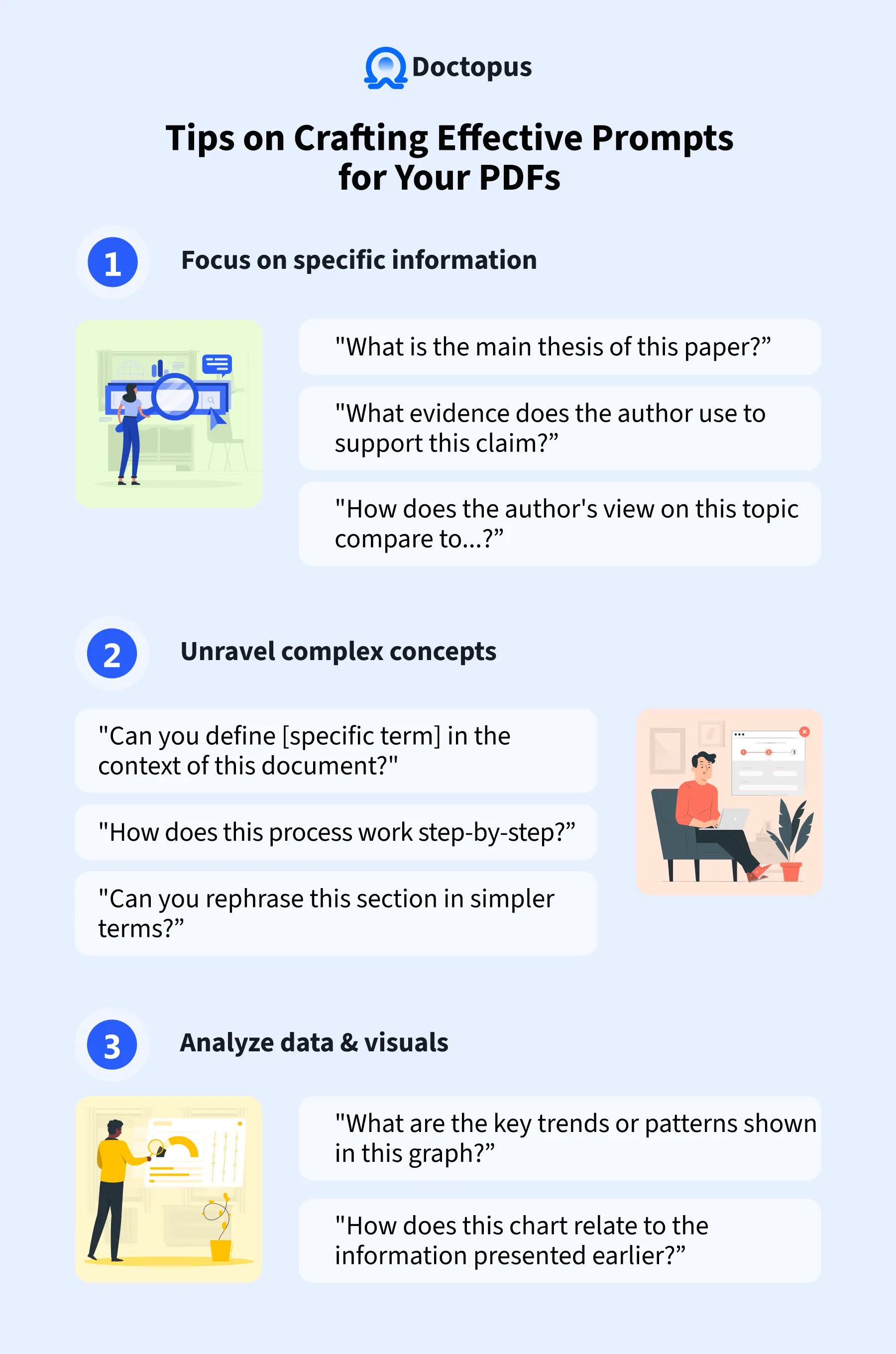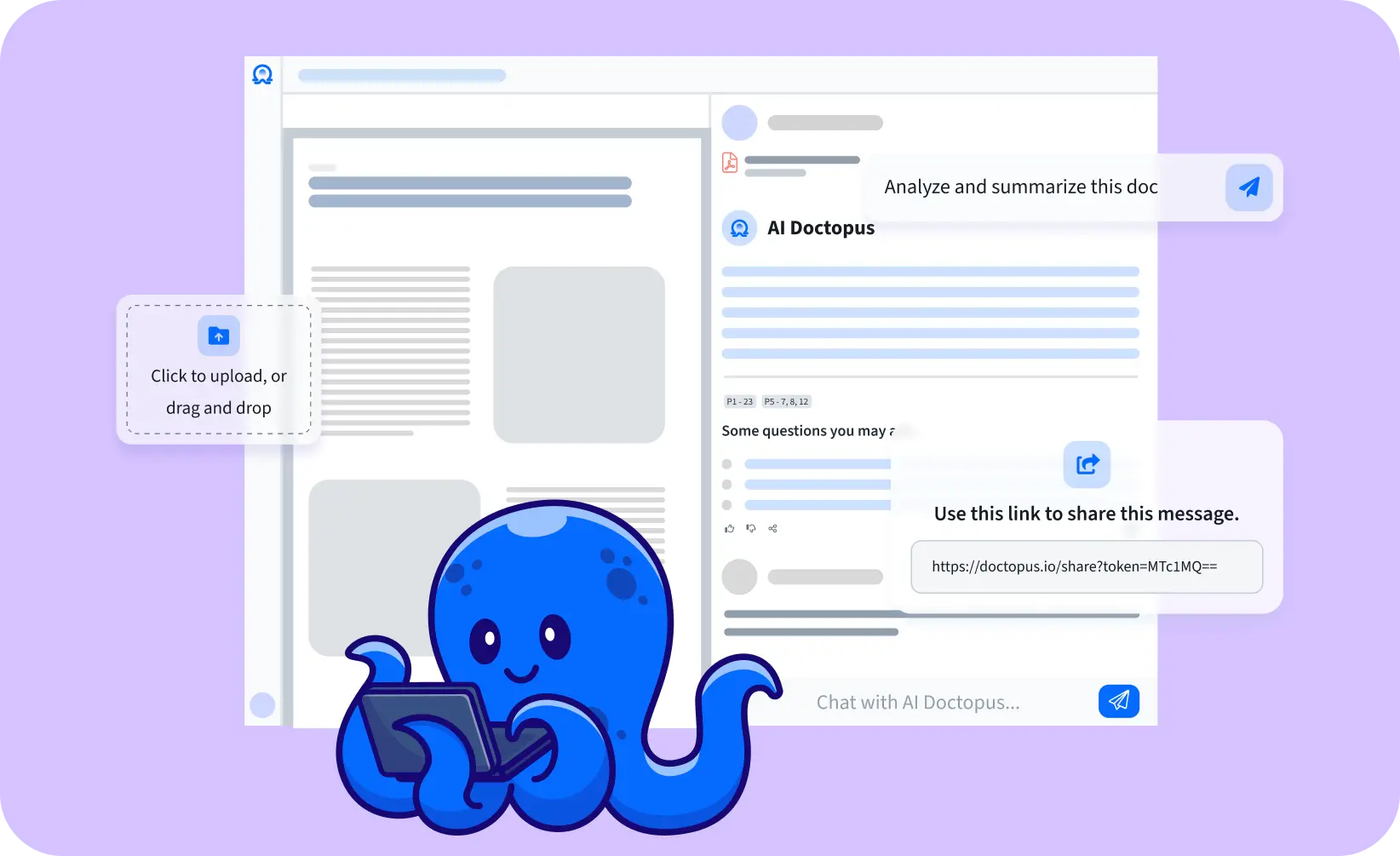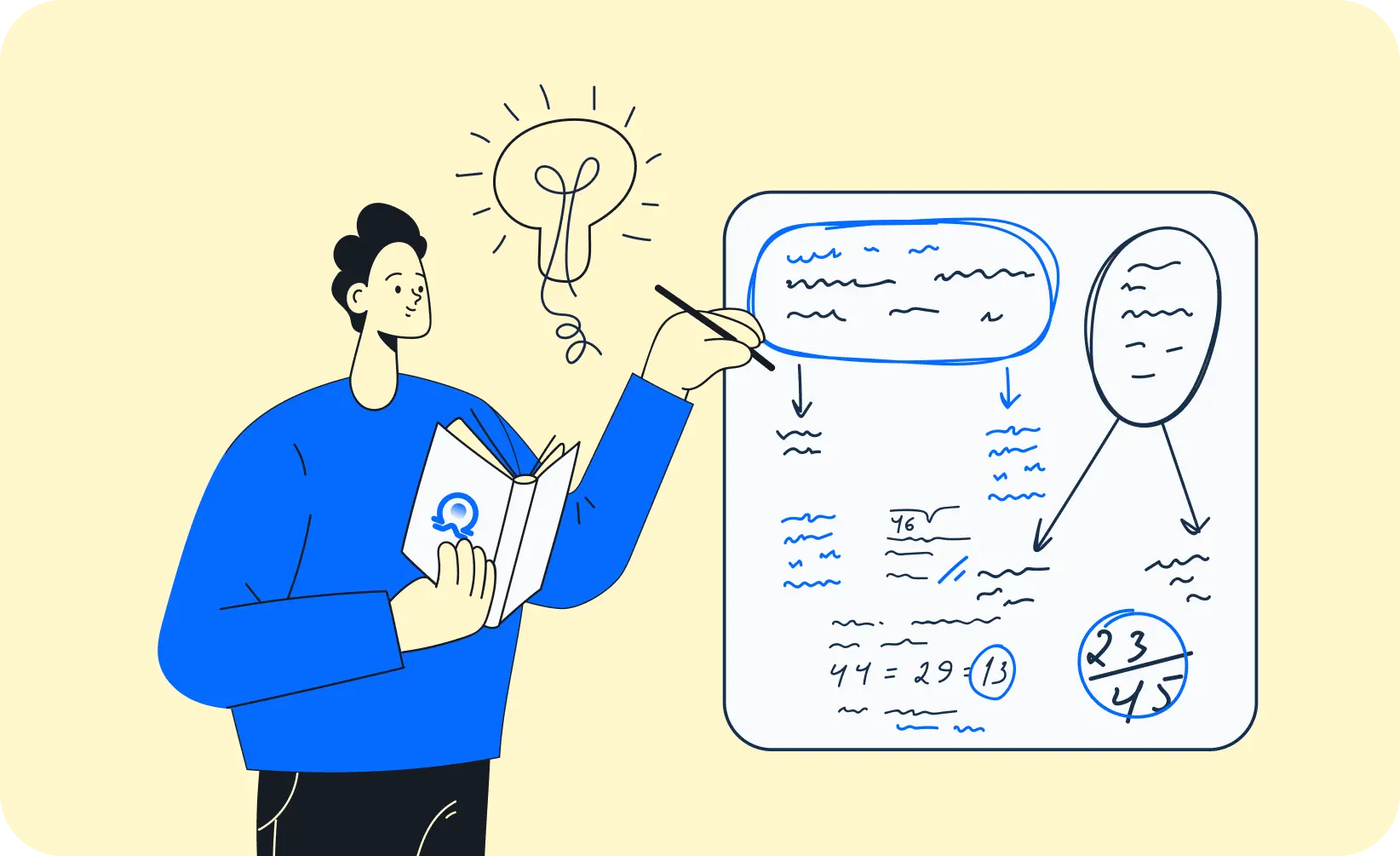PDFs are the workhorses of the digital world. They hold contracts, research papers, presentations, and a wealth of other valuable information.
But let's be honest, PDFs can also feel like locked fortresses – jam-packed with knowledge but frustratingly difficult to navigate.
The good news? You don't need to be a PDF decoding ninja to extract the information you need. We have gathered simple yet powerful strategies to transform your PDFs from passive documents into active resources.
Initial Tips to Conquer Your PDFs
Besides basic active reading strategies, here are what you can apply to transform your PDF experience from frustrating to productive:
-
Master the art of skimming: Don't underestimate the power of a quick skim. Read headings, introductions, and conclusions to get a general sense of the document's structure and key points.
-
Leverage the table of contents: Many PDFs have a built-in table of contents, acting as a roadmap to specific sections. Utilize it to navigate directly to the information you need.
-
Befriend the search function: The built-in search function is your friend, but use it wisely. Craft targeted search terms to avoid information overload.
-
Embrace highlighting and note-taking: Don't be afraid to mark up your digital PDF! Highlighting key points and jotting down notes helps you retain information and revisit important sections later.
How to Effectively Chat with Your PDFs
While the above strategies are essential, technology can be your greatest ally in making full use of your PDFs. Consider using AI-powered tools like Doctopus to supercharge your PDF experience. It allows you to have a natural conversation with your PDFs, asking questions and getting insightful answers directly from the text.
To get started, if you have had a Doctopus account, enter doctopus.io and upload the PDF you want to retrieve information from. Should you wish to try our tool first, check out our free use cases here.
Once uploaded, Doctopus provides you with your document summarization right away, and you can begin the chat with your file.
.gif)
Let us provide you with a few tips on crafting effective prompts for your PDFs:
Focus on Specific Information
-
Main points & key arguments: Instead of a generic "What's this about?", try prompts like:
-
"What is the main thesis of this paper?"
-
"What are the key arguments presented in this section?"
-
Supporting evidence & examples: To go beyond the main points, ask:
-
"What evidence does the author use to support this claim?"
-
"Can you provide specific examples to illustrate this concept?"
-
Comparisons & contrasting viewpoints: If your PDF discusses multiple perspectives, consider prompts like:
-
"How does the author's view on this topic compare to...?"
-
"What are the strengths and weaknesses of the arguments presented?"
Unravel Complex Concepts
Don't shy away from dense or technical language. Break it down with prompts like:
-
Define key terms: "Can you define [specific term] in the context of this document?"
-
Explain processes & mechanisms: "How does this process work step-by-step?"
-
Clarify confusing points: "Can you rephrase this section in simpler terms?"
Analyze Data & Visuals
Many PDFs include charts, graphs, and other visuals. Use prompts to delve deeper:
-
Data interpretation: "What are the key trends or patterns shown in this graph?"
-
Visual relationships: "How does this chart relate to the information presented earlier?"
Remember, these are just a few examples to get you started. The possibilities are endless!

As you become more comfortable crafting prompts, you'll unlock a world of knowledge hidden within your PDFs and other documents, as Doctopus supports the .docx, .doc, and .txt file types!
With a little know-how and the right approach, you can transform your PDFs from static documents into dynamic knowledge resources. Remember, it's all about asking the right questions and utilizing the tools at your disposal.
So, the next time you encounter a PDF, don't be intimidated – conquer it with confidence and unlock the valuable information it holds within!









